Description
Many products have not yet been launched, please contact us for more products
If the product model does not match the displayed image, the model shall prevail. Please contact us for specific product images, and we will arrange for photos to be taken in the warehouse for confirmation
We have 16 shared warehouses worldwide, so sometimes it may take several hours to accurately return to you. We apologize for any inconvenience caused. Of course, we will respond to your concerns as soon as possible.
3BHE017628R0102 Other names:
Excitation controller module 3BHE017628R0102
3BHE017628R0102 editable controller
Analog module 3BHE017628R0102
The ABB 3BHE017628R0102 excitation processor module is an important component of motor control systems, mainly used to control the excitation system of motors, generators, or other equipment to maintain their stable operation. This module is a modular digital exciter produced by ABB for the excitation system of AC generators. It consists of two independent digital controllers, each of which can control an excitation transformer. This module has the characteristics of digital control, modular design, easy installation and maintenance, and multifunctionality, and can be used for excitation control of various AC generators.
The following is a detailed introduction to the ABB excitation processor module:
Main functions
The main functions of ABB excitation processor module 3BHE017628R0102 include:
Provide excitation current: By supplying DC excitation current to the magnetic field coils of the motor, the magnetic field strength and direction of the motor can be changed.
Precise control: Achieve precise control of motor speed, torque, and power factor, improving motor performance and stability.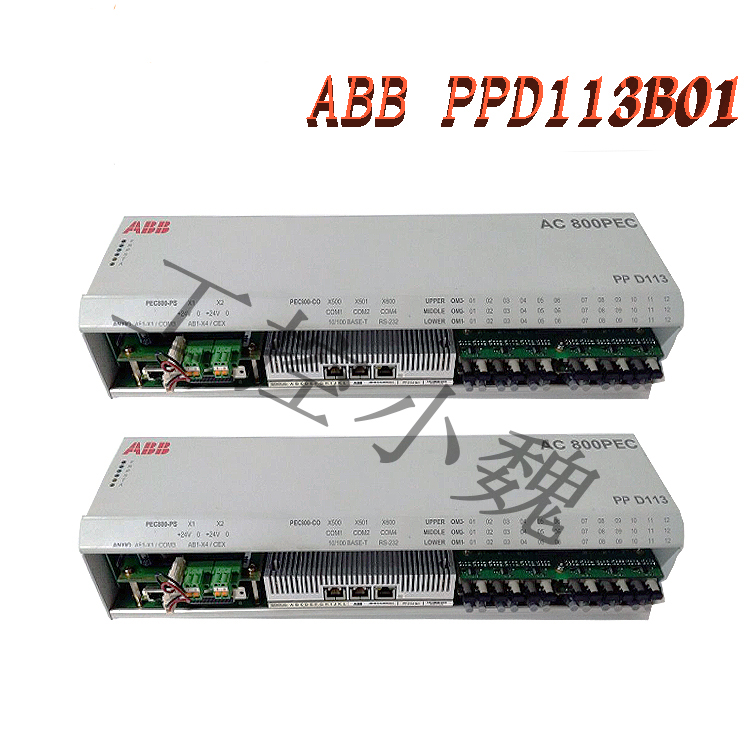
Monitoring and Protection: Monitor the excitation current to ensure that the equipment operates under correct electrical conditions and provide protective measures when necessary.
Working principle
The working principle of ABB excitation processor module 3BHE017628R0102is based on the principle of electromagnetic induction. When the exciter is powered on, a magnetic field is generated around it, which interacts with the rotating magnetic field of the generator to form an electromotive force, and then generates current in the winding of the generator to drive it to rotate.
Core components
The ABB excitation processor module 3BHE017628R0102 typically includes the following core components:
Excitation transformer: responsible for converting AC voltage into DC voltage suitable for motor excitation.
Rectifier: using full bridge rectification method to convert the AC voltage output by the transformer into a stable DC voltage, which is supplied to the magnetic field coil of the motor..jpg)
Filter capacitor: used to smooth the output voltage waveform, reduce voltage ripple and noise, and ensure the smoothness of motor operation.
Type and Characteristics
The ABB excitation processor module 3BHE017628R0102 can be classified according to different application scenarios and requirements, such as DC excitation system, variable ratio excitation system, speed regulation excitation system, etc. Each type of excitation module has its unique characteristics and advantages, which can meet the operational needs of different motors under different working conditions. For example,3BHE017628R0102 is a modular digital exciter produced by ABB for AC generator excitation systems, which has the characteristics of high precision, good stability, and modular design.
Application scenarios
The ABB excitation processor module 3BHE017628R0102 is widely used in control systems for large electromechanical equipment such as generators, motors, and wind turbines. They achieve efficient and stable operation of the motor through precise excitation control, improving the reliability and economy of the entire power system..jpg)
Technological development trends
With the continuous development and innovation of power electronics technology, the performance and reliability of ABB excitation processor modules are also constantly improving. In the future, the excitation processor module will become more intelligent and integrated, providing strong support for the further development of motor control technology.
In summary, the ABB excitation processor module is an indispensable key component in motor control systems, which is of great significance for improving motor performance and stability.
All products on this website are special products, and market prices have been fluctuating,
Please refer to the customer service quotation for details, as the product is new and the price is not genuine,
Please confirm the model, product, price, and other detailed information with customer service before placing an order. The website has been used,
The new one is for sale, please contact customer service for further communication.
Model recommendation:
PPD113B01-10-150000
PPD113B01-10-150000 3BHE023784R1023
PPD113B03-26-10011
PPD113B03-26-100110 3BHE023584R2634
PPD103B101
PPD103B101 3BHE02384R2630
PPD103B101 3BHE020455R0101
PPD103B101 3BHE020455R0101 3BHE02384R2630
PPD113-B03-23-111615 3BHE023584R2365
PPD113-B03-23-111615
GFD233A101 3BHE022294R0101
GFD563A101 3BHE046836R0101
GFD563A102 3BHE046836R0102
GF D563 3BHE046836R010
GFD233A103 control module
GFD563A102
GFD563A101
GFD233A101
3BHE022294R0101
more……


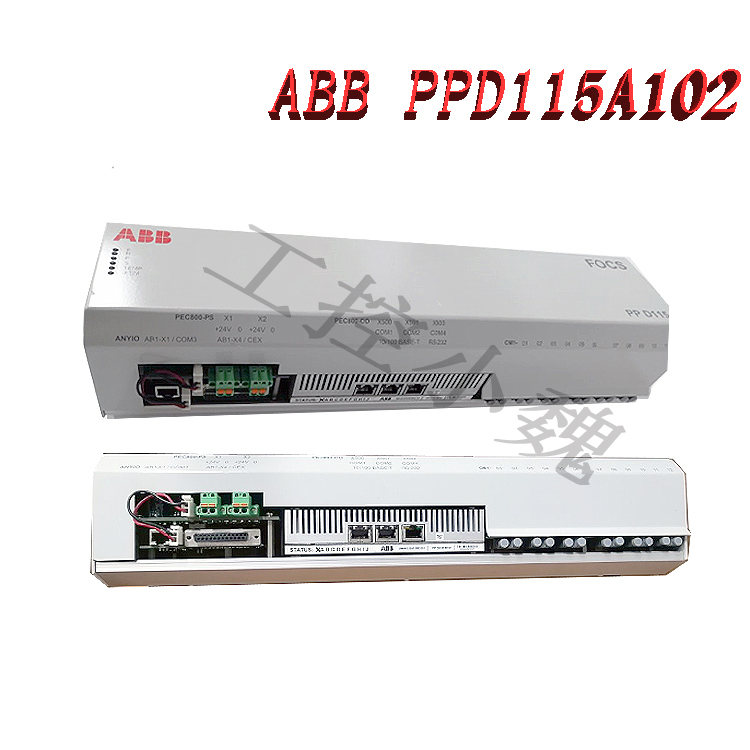
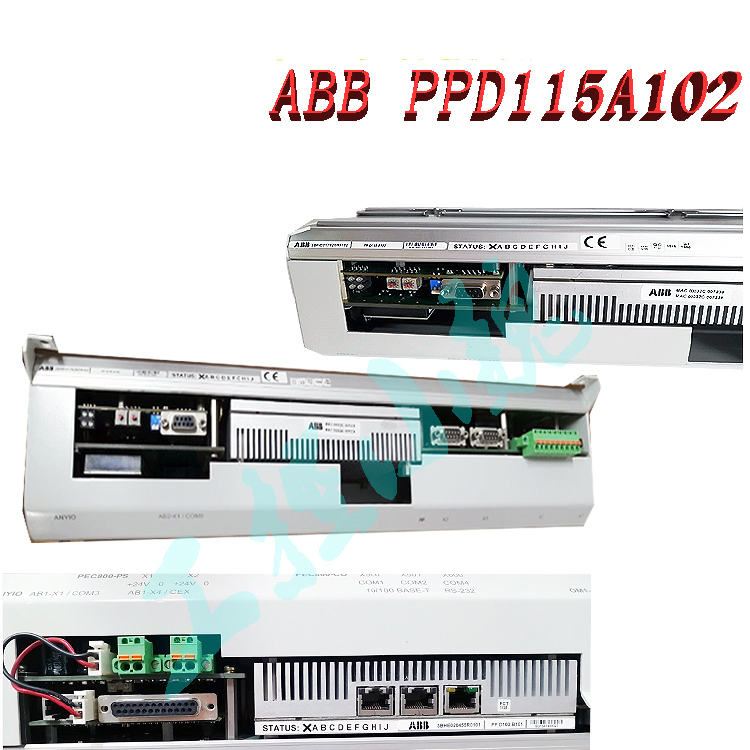
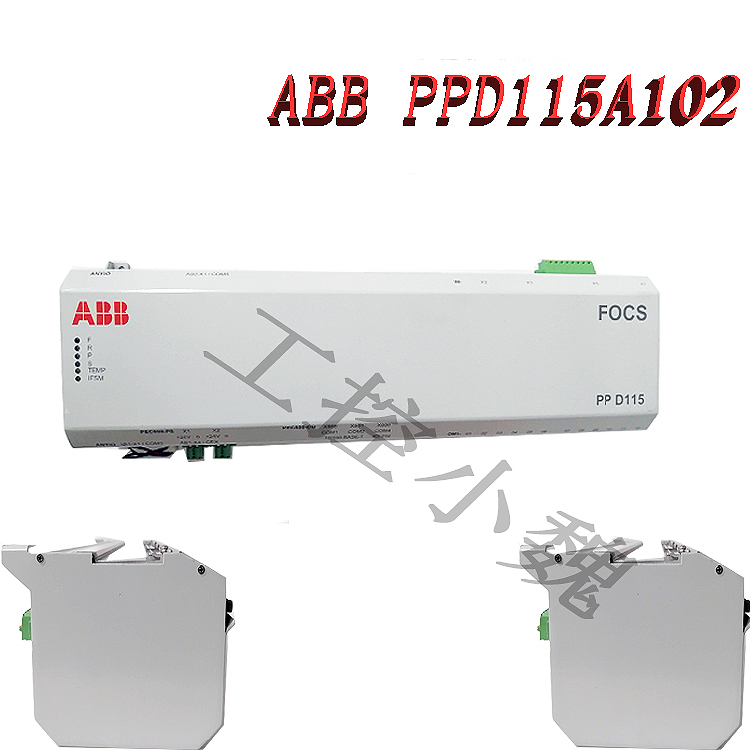
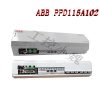
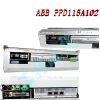
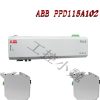
-300x300.jpg)
-300x300.jpg)
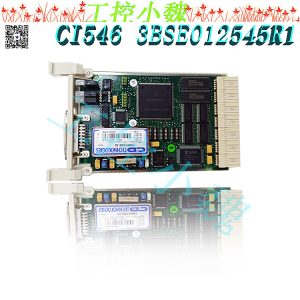
Reviews
There are no reviews yet.